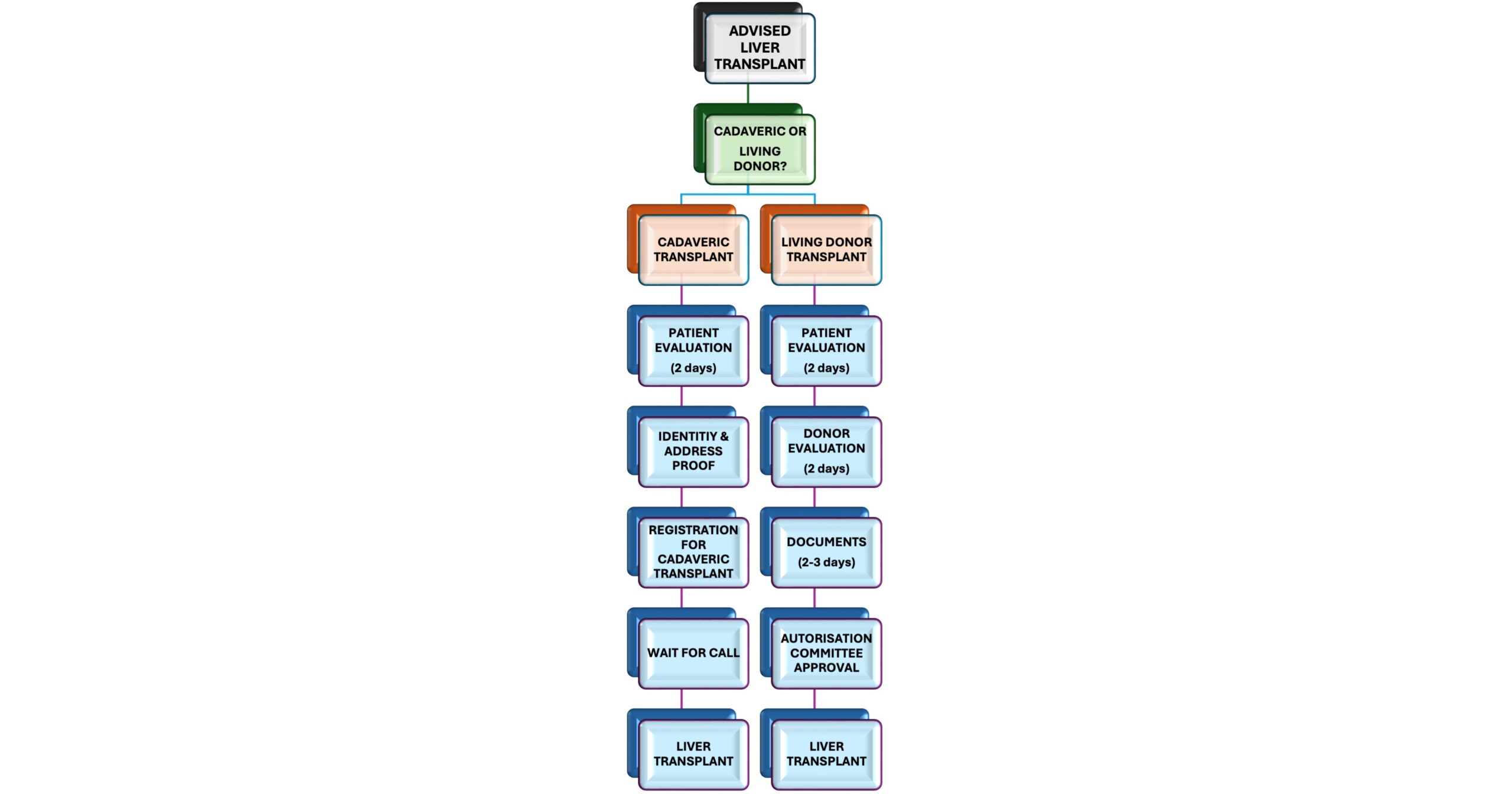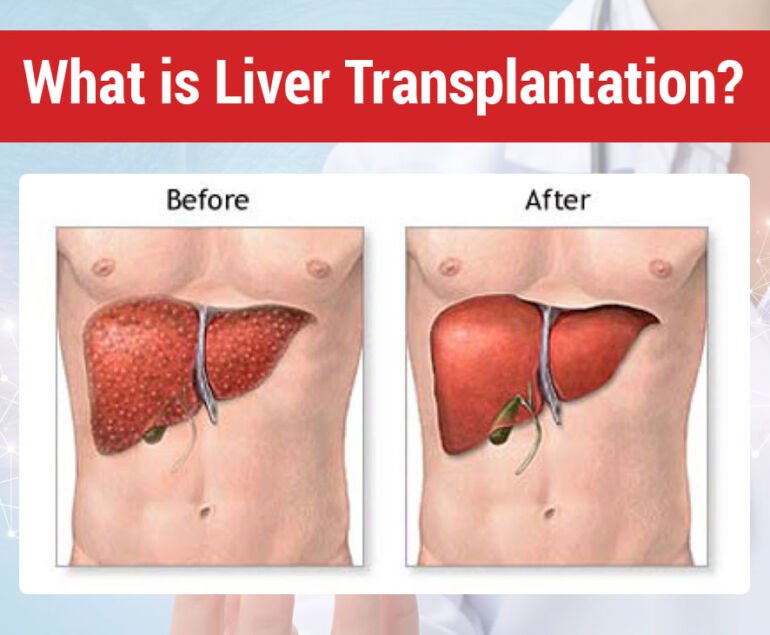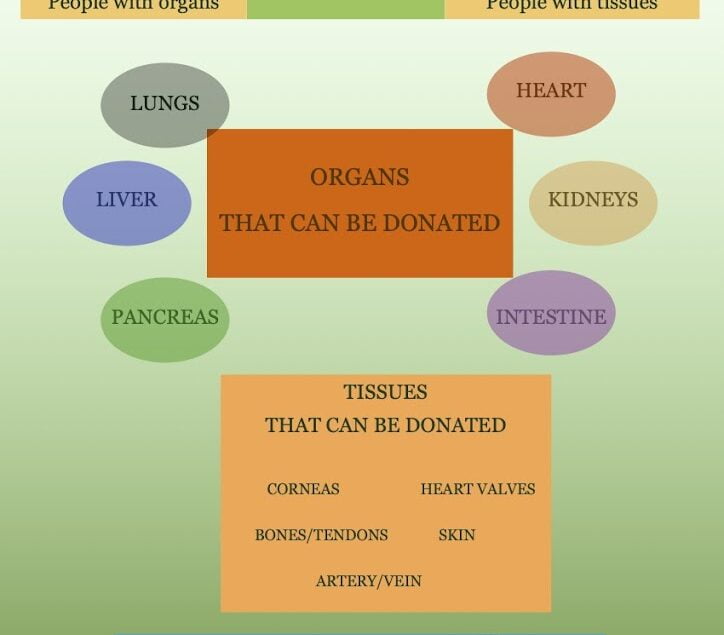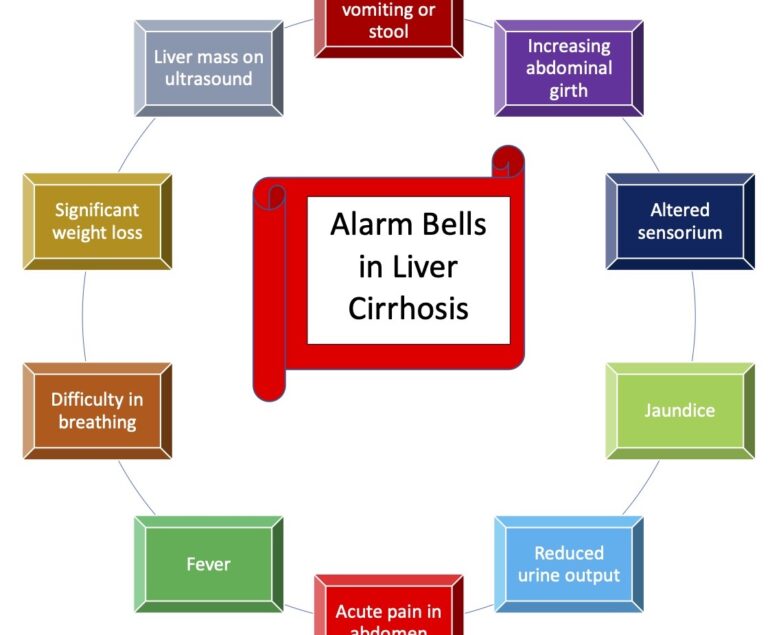Introduction
Liver Transplantation procedure is a lifesaving surgery with intended benefit to cure liver cirrhosis and provide a normal quality of life and normal survival in such patients. As the number of patients with liver diseases like fatty liver, hepatitis and liver cirrhosis is rising so, the number of liver transplant surgeries performed, is also increasing in today’s world of changing lifestyles and food habits. Therefore, it is necessary to understand the liver transplant procedure, benefits, and recovery.
What is Liver Transplantation
Liver Transplantation is a procedure to change a diseased liver with a normal functioning, healthy liver.
It is performed in two ways:
- Deceased Donor Liver Transplantation (DDLT):
Also known as Cadaveric Liver Transplantation, DDLT is a process of replacing a diseased liver in a patient, with a healthy liver from a brain-dead person, made available through a voluntary organ donation from the family members of the donor
- Living Donor Liver Transplantation (LDLT):
LDLT is a process of replacing a diseased liver in a patient, with a part of healthy liver, which is voluntarily donated by a healthy person, preferably from the family. Remarkable capacity of a healthy liver to regenerate to its original size makes this process possible.
Common conditions treated by Liver Transplantation
Liver Transplantation is a lifesaving surgery. It can treat and cure following conditions:
- Liver Cirrhosis
- Acute Liver Failure
- Certain Liver Cancers like Hepatocellular Carcinoma, Neuroendocrine Tumors, Colorectal Liver Metastases and others
- Metabolic liver diseases like Wilson disease, Glycogen Storage Diseases, Primary Hyperoxaluria, Progressive Familial Intrahepatic Cholestasis (PFIC) and Crigler-Najjar Syndrome Type I
Step by Step Overview of the Liver Transplantation procedure

- Patient evaluation
Exhaustive evaluation is carried out with the following goals:
- to assess the severity of the liver disease
- to assess the impact of liver disease on other organs
- to assess the medical fitness of the patient for liver transplantation surgery
The tests may include blood investigations, Chest Xray, Abdominal CT scan/Ultrasound, Pulmonary function tests, 2D Echocardiogram, Dobutamine Stress Echo, Coronary Angiography, and evaluation by Cardiologist, Pulmonologist, Psychiatrist and ENT specialist. The whole procedure takes 2-3 days.
2. Donor Assessment
The donor assessment is different in LDLT and DDLT:
a. Living Donor:
A donor in LDLT is evaluated exhaustively with the following goals:
- To assess Blood group compatibility
- To assess the health status of the donor liver
- To assess the adequacy of the volume of the donor liver
- To assess the medical fitness of the donor for the donor surgery
The tests may include blood investigations, Chest Xray, Abdominal CT Volumetry, Abdominal MRI/MRCP, Pulmonary function tests, 2D Echocardiogram, Tread Mill Test (TMT), and evaluation by Cardiologist, Pulmonologist and Psychiatrist. The whole process takes approximately 2-3 days.
b. Deceased Donor:
The donor assessment in DDLT is not as exhaustive as in LDLT because of shortage of time and medical instability of the donor. The tests include blood investigations, USG abdomen and serial blood gas analyses.
3. Documentation
A Photo ID and address proof are all the legal documents required for DDLT registration.
For Living Donor Liver Transplantation, a set of documents to prove the relation between donor and recipient are required. The whole process takes approximately 2-5 days.
4. Surgery
A team of expert surgeons perform the transplant surgery. The team of surgeons perform the donor surgery (to remove the part of healthy liver) and recipient surgery (to remove the diseased liver) simultaneously. Thereafter they prepare part of the liver removed from donor on a side table. Then they implant it in the recipient. The donor surgery is completed in about 5-6 hours while the recipient surgery is completed in 7-12 hours.
5. Recovery in ICU
The recipient must stay in ICU for approximately 4-5 days. The recovery period involves graduated oral feeds, physiotherapy and exercises. During this period, the doctors send regular blood investigations and perform liver doppler daily.
The donor must stay in ICU for 1-2 days. The recovery period involves graduated oral feeds, physiotherapy and exercises. During this period regular blood investigations are sent.
6. Recovery in ward
The recipient needs to be in hospital for approximately 2-3 weeks. Meanwhile, the donor needs to be in hospital for approximately 5-6 days. The recovery period involves regular ambulation, physiotherapy and medical management.
7. Long-term care
The following are the important points in long-term care of a liver recipient.
- Life-long immunosuppression. The patient must take initially 2-3 drugs and reduce it to one drug gradually and take it life-long.
- Regular blood reports and ultrasounds as advised.
- Regular physical exercise and walking.
- Stay away from public places for 3-6 months. Thereafter, they may resume the normal social life.
- Avoid unhygienic/street food.
The donor does not have to take long-term medicines. And they can start their job/business 3 weeks after surgery. However, they may start heavy weightlifting and heavy physical exercises 3 months after surgery. Also a donor does not need any follow up blood reports or ultrasounds in case of uneventful recovery.
Benefits of transplantation on quality and longevity of life
The risk to life after liver transplant is approximately 5-10%. Patients can resume normal social life 3-6 months after a successful transplantation. In fact, they can go to markets, attend social events and do heavy exercises and play sports. Moreover a liver recipient can get pregnant and have a normal family life. The transplanted liver can work normally for years with a healthy lifestyle.
Why choosing the right liver transplant specialist matters
Liver Transplantation is a complex surgery. In fact, a successful liver transplantation requires preoperative optimisation, meticulous surgery and close postoperative follow up with optimisation of immunosuppression. The surgery and perioperative recovery carry a risk of approximately 5-10% risk of death. Hence, it is imperative that an experienced and skilled team of liver specialists, which includes Transplant Surgeon, Transplant Anaesthetist, Intensivist, Hepatologist and a dedicated team of OT, ICU and ward nursing staff, must manage the patient.
Consult now
Dr. Divakar Jain and team comprise of experienced Surgeons, Anesthetists, Intensivists and Hepatologist and a dedicated team of nursing staff. They bring on table an extensive experience, excellent surgical skills and professional and empathetic care of the patient. Consult now for all the queries regarding liver disease.




